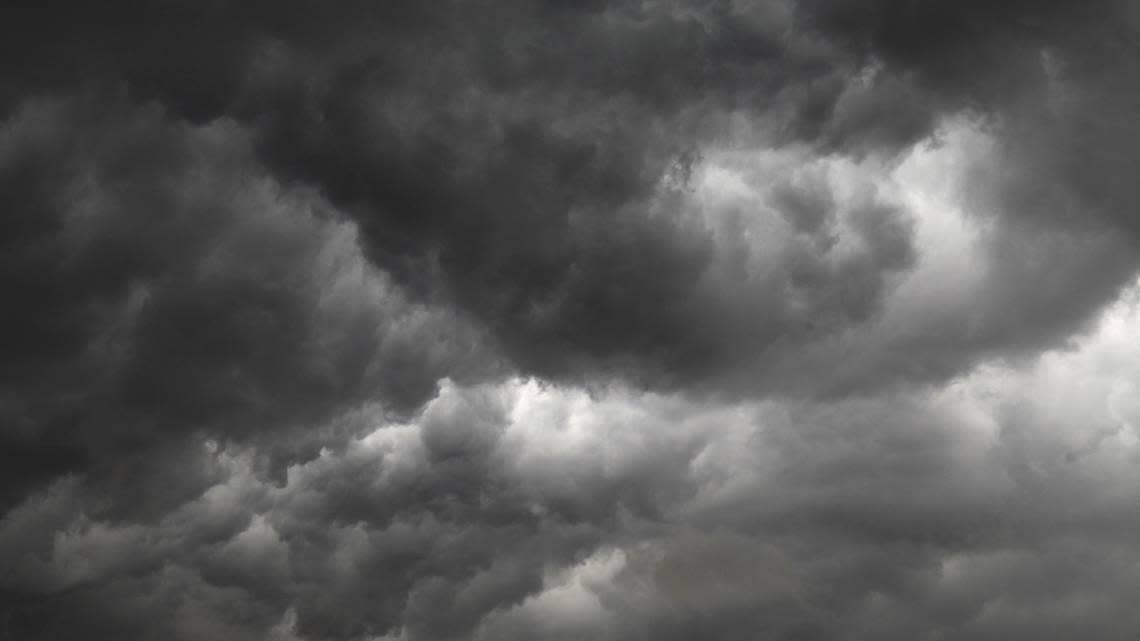SC may face a record hurricane season in 2024, early predictions show. Here’s how many storms

The upcoming hurricane season may be a bit rough for South Carolina and the rest of the Southeast.
Colorado State University researchers have released their annual early forecast predicting an extremely active Atlantic hurricane season in 2024 — forecasting 11 hurricanes this year.
“This is the highest prediction for hurricanes that CSU has ever issued with their April outlook,” the researchers’ report states. “The prior highest April forecast was for nine hurricanes, which has been called for several times since the university began issuing April forecasts in 1995.”
The Atlantic hurricane season starts June 1 and ends Nov. 30.
The researchers also predict 23 named storms for the season this year. Last year the Atlantic hurricane season had 20 named storms, which ranks fourth for the most named storms in a season since 1950, according to the National Oceanic and Atmospheric Administration. An average season has 14 named storms, seven hurricanes and three major hurricanes, NOAA states.
Hurricane prediction breakdown
Of the 23 named storms predicted this year, the researchers expect 11 to become hurricanes and five to reach major hurricane strength (category 3-5), with sustained winds of 111 mph or greater. The team also predicts that hurricane activity this year will be about 170% of the average season from 1991-2020. In comparison, hurricane activity in 2023 was about 120% of the average season, the researchers say.
Probability of major hurricane landfall
62% for the entire U.S. coastline (average from 1880-2020 is 43%)
34% of the U.S. East Coast, including the Florida peninsula (average from 1880-2020 is 21%)
42% for the Gulf Coast from the Florida Panhandle westward to Brownsville (average from 1880-2020 is 27%)
66% for the Caribbean (average from 1880-2020 is 47%)
Reasons for active hurricane season
The researchers cite record warm tropical and eastern subtropical Atlantic sea surface temperatures as the primary reason why they predict an extremely active hurricane season.
“When waters in the eastern and central tropical and subtropical Atlantic are much warmer than normal in the spring, it tends to force a weaker subtropical high and associated weaker winds blowing across the tropical Atlantic,” the researchers state in their report. “These conditions will likely lead to a continuation of well above-average water temperatures in the tropical Atlantic for the peak of the 2024 Atlantic hurricane season. A very warm Atlantic favors an above-average season, since a hurricane’s fuel source is warm ocean water.”
The researchers add that the tropical Pacific is likely to transition to La Niña conditions by the peak of Atlantic hurricane season from August to October.
“La Niña tends to decrease upper-level westerly winds across the Caribbean into the tropical Atlantic,” the report states. “These decreased upper-level winds result in reduced vertical wind shear, favoring Atlantic hurricane formation and intensification.”

